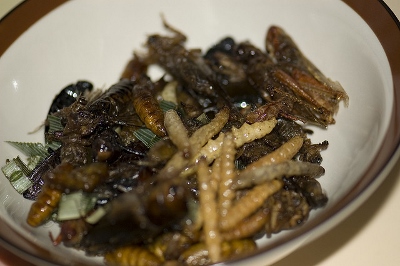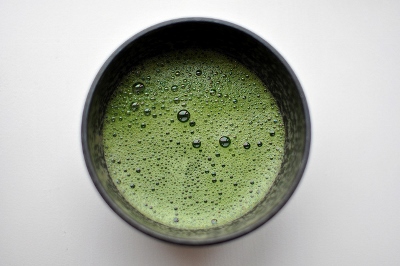7 Food Trends to Watch Out For in 2015
Flickr/cyclonebill
It seems silly to write about food trends—after all, if something is delicious on December 31, isn’t that still the case a day later?
But as David Sax writes in his book The Tastemakers, food culture is about so much more than what we put in our mouths in order to not die. In fact, it’s not just food culture anymore but popular culture, reported on in the news, tied to movies and television shows (think cupcakes and Sex and the City), and all part of how we signify who we are and what we value.
Food trends are also part of how we open ourselves up to the wider world around us. Maybe you can’t afford a trip to Peru, but you can try ceviche and understand a little bit more about that country’s culture as a result. When a regional cuisine has its moment in the pop-culture sun, the world gets a tiny bit smaller. And when a traditional ingredient or technique is rediscovered, our past seems a bit less far away.
Here are seven of the food trends you’ll see a lot of in 2015. Take them as an opening to try something new, not just as a sign that you need to find a new favorite dessert because cronuts are over. (Cronuts are totally over, though.)
1. Bone Broth
Flickr/Sarah R
The New York Times covered bone broth—a more substantial cousin to stock—this month, so you know it’s about to go big with foodies everywhere. But we’re not just talking about simmering poultry, meat, or seafood bones with seasonings in water in order to create a vehicle for soup. The point of this nutrient-rich broth is to drink it hot, the way you would tea or coffee. Paleo dieters consider bone broth a staple, and chef Marco Canora opened a broth take-out window at Brodo in NYC. Or just take the DIY route and make it at home in a pressure cooker. If cavemen could make stock, so can you.
2. Fat Back in Favor
“This year is sort of a tipping point for changing attitudes on fats and oils,” said Daniel Levine, a trends expert with the Avant-Guide Institute. We’re increasingly moving away from the low-fat regimes of the past as we learn more about the ways in which fat is good for us, from omega-3 fatty acids to HDL cholesterol. The result is what Levine called a “sea change,” where we start actually embracing fats and oils for their health benefits, like Woody Allen’s Sleeper come to pass. The real proof? Food retailers aren’t putting out as many low-fat versions of products, Levine said—it’s just not a compelling selling point anymore.
3. Insects
Flickr/Paul Esson
It’s hard to imagine, but bug cuisine is about to have its moment. Several American restaurants are already serving dishes made with insects, Levine said, appealing to adventurous patrons. Granted, North Americans aren’t about to start buying cockroaches laid out in Styrofoam trays at the supermarket, but Levine predicts we start to see “hive to table” products like insect-based flours, protein powders, and energy bars hit the mainstream this year. After all, bugs are an excellent source of protein.
-

-

-

-

-

-

-

-

-

-

-

-

-

-

-

-

-

-

-

-

-

-

-

-

-

-

-

-

-

-

-

-

-

-

-

-

-

-

-

-












































